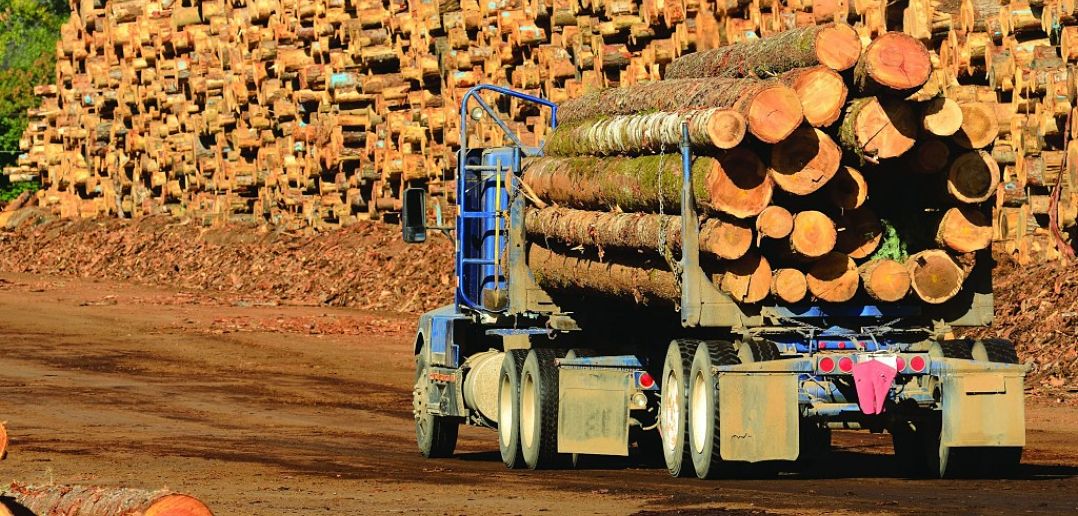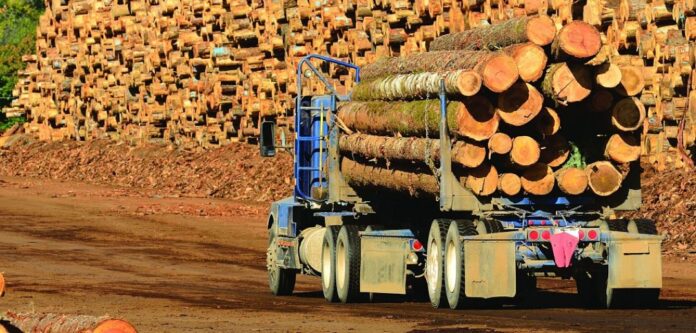
Timber Trafficking in Africa
The illegal timber business is devastating Africa’s forests. But enforcement is still a challenge and deforestation still goes on despite an export ban on all raw timber logs. The forests in the continent continue to deteriorate year after year. There are many reasons for this rampant deforestation.
Trafficking in precious wood like kevazingo, barwood, or rosewood is on the increase lately. Rosewood is a family of tropical tree species widely used for furniture in Asia and in particular China.
By value and by volume, rosewood is the most trafficked wildlife product in the world. Rosewood is a family of tropical tree species widely used for furniture in Asia and in particular China. By value and volume, rosewood is the most trafficked wildlife product in the world.
Rosewood is in demand all over the world due to its reddish coloration. Between 50% and 90% of the above-mentioned timber, woods is said to be exported illegally. Papua New Guinea is recorded as the country with the most timber trafficking.
When we talk of timber trafficking in Africa the countries whose names are mentioned include Benin, Burkina Faso, Côte d’Ivoire, Gambia, Ghana, Mali, Mauritania, Senegal, and Togo.
Cameroon loses about US$60 000 000 a year through the illegal exploitation of timber. Cameroon’s illegal timber trafficking business is mainly with the Vietnamese. With over 22.5 million hectares of forests representing 48% of the country.
The country has become Vietnam’s largest supplier of tropical logs. Illegal timber trafficking between Cameroon and Vietnam has above all serious economic repercussions. Nearly 58 million dollars, is diverted from the state coffers. Asia is highlighted as the main destination for illegally harvested rosewood. The Gambia and Ghana are also known to trade with China in the timber trafficking business.
Causes of timber trafficking
- Firstly, Rural Poverty
- Secondly, Cheaper products on black markets.
- Thirdly, Illegal charcoal, furniture, and timber trade.
- Also, Weaknesses and laxity in forest governance.
- Lastly, Poor living standards for indigenous populations.
Effects of timber trafficking
- Global warming and climate change.
- Loss of biodiversity.
- Economic losses.
- Instability
Illegal logging also threatens the local livelihoods of small-scale loggers, who are permitted to engage in logging within a limited scope in the community forests. Timber trafficking is linked to many issues, including governance, and corruption amongst others. The impact of these illegal activities goes beyond biodiversity and health.
Also, for More Interesting Articles, CLICK HERE
RELATED SEARCHES
- Top 5 African Countries with the Best Education Systems
- HOW TO GET A UK VISA IN GHANA
- What You Need To Know When Starting A Business
- What You Need To Know When Buying A Car
- How Do I Get Rid Of The White Stuff On My Tongue
- Get Rid Of Vagina Odour Immediately
- HOW TO PREPARE PIZZA FROM THE COMFORT OF YOUR HOME
- HOW DO I KNOW MY BLOOD GROUP
- KNOW WHY YOU SHOULD NOT MARRY PEOPLE WITH CERTAIN BLOOD GROUPS
- How Can I Stop White Discharge and Itching Naturally
- How to stop menstrual pains fast at home
- What Are the Symptoms & Signs of Gonorrhea and Syphilis?
- How can I stop the pain when I urinate?
- How can I stop sperm from coming early?
- Apply for Police Clearance Certificate in Ghana


